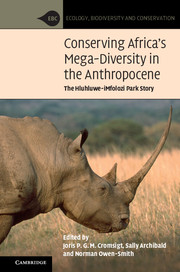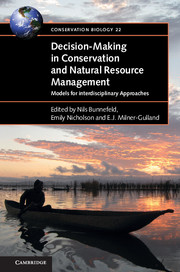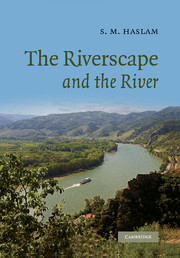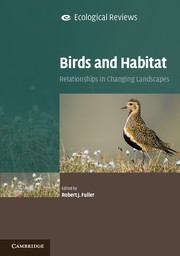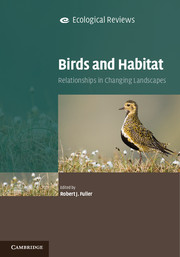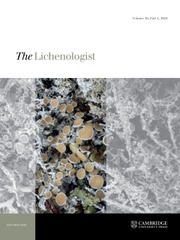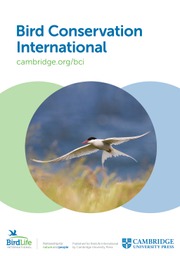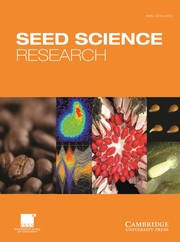Conserving Africa's Mega-Diversity in the Anthropocene
Centring on South Africa's Hluhluwe-iMfolozi Park, this book synthesizes a century of insights from the ecology and conservation management of one of Africa's oldest protected wildlife areas. The park provides important lessons for conservation management, as it has maintained conservation values rivalling those of much larger parks sometimes through, and sometimes despite, strong management interventions, including the rescue of the white rhino from extinction. In addition, the book highlights the ecological science produced in the park, much of which has become widely influential, including the megaherbivore concept, new functional approaches to understanding biomes, and new understandings about the role of consumers in shaping ecosystems. The volume is ideal for researchers and policymakers interested in the conservation of relatively small, isolated and protected areas.
- Covers one of the last ecosystems with an intact megaherbivore and large carnivore community, ideal for the growing interest in the ecological roles of megafauna and apex predators
- Highlights the pivotal role of humans in Africa's natural areas, from prehistoric early humans to modern-day conservation managers
- Together, the editors have over eighty years of experience of ecological work in Hluhluwe-iMfolozi Park
Reviews & endorsements
'… contains a wealth of information on a particularly well-studied area, and the editors and authors are to be complimented in compiling this record. It presents much in the way of useful data, and interpretations of the significance of these data both for the science of ecology and the practice of ecosystem management. It is highly recommended for students, ecological researchers, managers of protected areas, historians, and anyone interested in ecosystem conservation.' Brian W. van Wilgen, African Journal of Range and Forage Science
Product details
March 2017Hardback
9781107031760
450 pages
235 × 160 × 25 mm
0.85kg
81 b/w illus. 23 colour illus. 28 tables
Available
Table of Contents
- Part I. Setting the Scene:
- 1. Anthropogenic influences in Hluhluwe-iMfolozi Park: from early times to recent management Mariska te Beest, Norman Owen-Smith, Roger Porter and Jim Feely
- 2. The abiotic template for the Hluhluwe-iMfolozi Park's landscape heterogeneity Ruth A. Howison, Han Olff, Norman Owen-Smith, Joris P. G. M. Cromsigt and Sally Archibald
- 3. Long-term vegetation dynamics within the Hluhluwe iMfolozi Park A. Carla Staver, Heath Beckett and Jan Graf
- 4. Temporal changes in the large herbivore fauna of Hluhluwe-iMfolozi Park Elizabeth le Roux, Geoff Clinning, Dave J. Druce, Norman Owen-Smith, Jan A. Graf and Joris P. G. M. Cromsigt
- Part II. Theoretical Advances in Savanna Ecology:
- 5. Megaherbivores, competition and coexistence within the large herbivore guild Norman Owen-Smith, Joris P. G. M. Cromsigt and Randal Arsenault
- 6. The functional ecology of grazing lawns - how grazers, termites, people and fire shape HiP's savanna grassland mosaic Joris P. G. M. Cromsigt, Michiel Veldhuis, William Stock, Elizabeth le Roux, Cleo Gosling and Sally Archibald
- 7. Demographic bottlenecks and savanna tree abundance William J. Bond, A. Carla Staver, Michael Cramer, Julia Wakeling, Jeremy J. Midgley and Dave Balfour
- 8. Woody plant traits and life history strategies across disturbance gradients and biome boundaries in the Hluhluwe-iMfolozi Park Laurence Kruger, Tristan Charles-Dominique, William Bond, Jeremy Midgley, Dave Balfour and Abednig Mkhwanazi
- 9. Contributions of smaller fauna to ecological processes and biodiversity Norman Owen-Smith, Cleo Gosling, Nicole Hagenah, Marcus Byrne and Catherine Parr
- 10. Interactions between fire and ecosystem processes Sally Archibald, Heath Beckett, William J. Bond, Corli Coetsee, Dave J. Druce and Carla Staver
- Part III. Where Science and Conservation Management Meet:
- 11. Rhino management challenges: spatial and social ecology for habitat and population management Wayne Linklater and Adrian M. Shrader
- 12. Reassembly of the large predator guild into Hluhluwe-iMfolozi Park Michael J. Somers, Penny Becker, Dave J. Druce, Jan Graf, Micaela Szykman Gunther, David Marneweck, Martina Trinkel, Marcos Moleón and Matt W. Hayward
- 13. Wildlife disease dynamics in carnivore and herbivore hosts in the Hluhluwe-iMfolozi Park Anna E. Jolles, Nicki Le Roex, Gabriella Flacke, David Cooper, Claire Geoghegan and Michael J. Somers
- 14. Elephant management in the Hluhluwe-iMfolozi Park Dave J. Druce, Heleen Druce, Mariska te Beest, Joris P. G. M. Cromsigt and Susan Janse van Rensburg
- 15. Successful control of the invasive shrub Chromolaena odorata in Hluhluwe-iMfolozi Park Mariska te Beest, Owen Howison, Ruth A. Howison, L. Alexander Dew, Mandisa Mgobozi Poswa, Lihle Dumalisile, Susan J. van Rensburg and Colette Terblanche
- 16. Conserving Africa's mega-diversity in the Anthropocene: the Hluhluwe-iMfolozi Park story Joris P. G. M. Cromsigt, Sally Archibald and Norman Owen-Smith.

